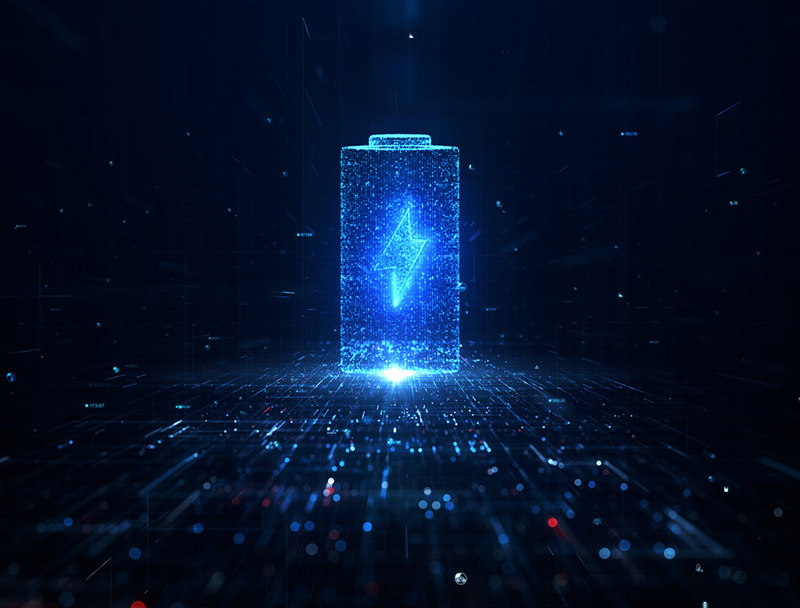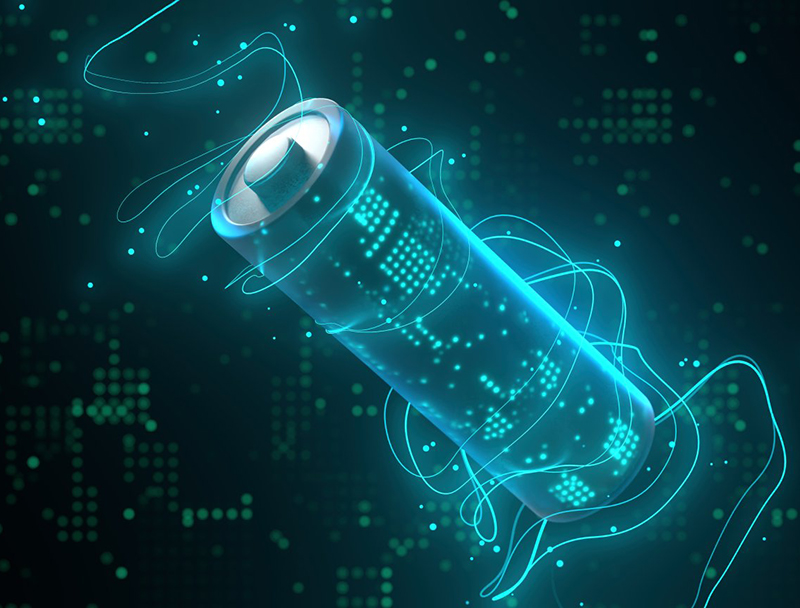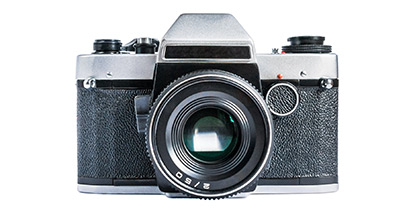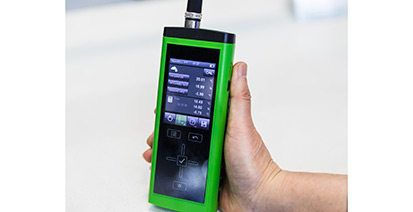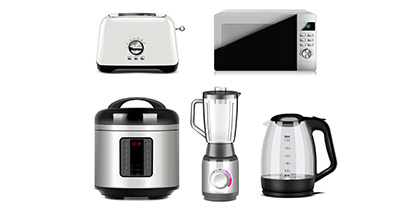In recent years, the development of various handheld wireless devices has brought about an expansion in the demand of power supplies for charging. Long-time standby is one of the necessary conditions for this type of product, and lithium batteries with high energy density and low power consumption have become the first choice of manufacturers. This article introduces the characteristics and application of "power supply for lithium battery charging".
In principle, as long as the device has a built-in lithium battery, the device can be charged by the power supply through the corresponding terminals and interfaces. It should be noted that lithium batteries are often charged overvoltage and overcurrent, which can easily cause or accelerate battery aging and reduce its service life, also cause safety issues due to overheating of batteries or equipment.
When choosing a power supply, consider the following:
(1)The device itself should be designed to protect the lithium battery. For example, it can be set to stop charging after a few percent is fully charged or automatically adjust the charging speed, as well as temperature protection. During this time, the power supply with constant voltage (CC) output mode can be selected. All of ENGs power supply products are suitable for such applications.
(2)DC-DC battery charger: The lithium battery can be removed from the main body and placed in the charger to charge it, and the charger itself has a battery protection circuit design. As in this case, an AC-DC power supply is required. All of ENGs power supply products are suitable for such applications.
(3)AC-DC battery charger: The charger itself has an AC-DC circuit design, so there is no need to configure an additional AC-DC power supply at this time
Nowadays, the two most common mainstream fast charging technologies, QC (Quick Charge) and PD (Power Delivery Charger), although they can quickly and efficiently meet the charging demand, but the charging voltage and charging current of the fast charging are relatively large, resulting in battery loss during charging. The temperature will be higher, which will accelerate the aging of lithium batteries. It is recommended to use lower voltage and current charging for industrial hand tools and testing equipment that users expect to have a longer lifespan. As for a general power supply can meet this requirement.

